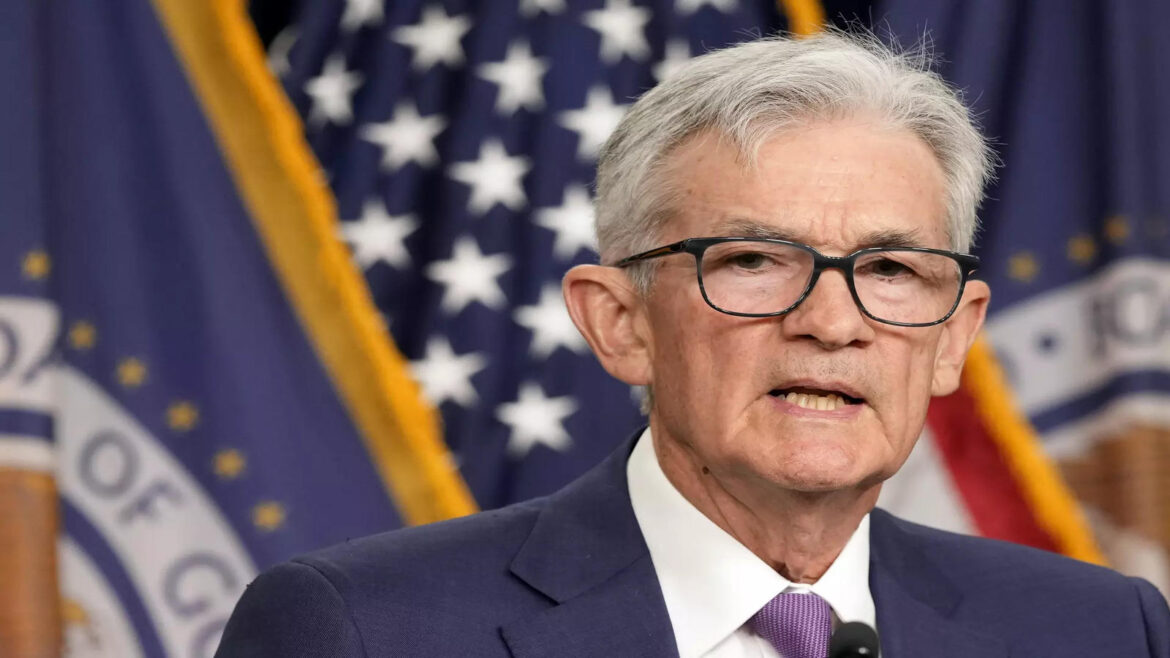By Staff Reporter
The UAE central bank on Wednesday cut the base rate applicable to the overnight deposit facility (ODF) by 50 basis points – from 5.40 per cent to 4.90 per cent, effective from Thursday, September 19.
The UAE decision came after the Federal Reserve cut interest rates by half of a percentage point on Wednesday, kicking off what is expected to be a steady easing of monetary policy with a larger-than-usual reduction in borrowing costs that followed growing unease about the health of the job market.
The UAE follows US monetary policy, as the UAE dirham is pegged to the US dollar.
Borrowing in the UAE to become more affordable as interest rates on personal loans, mortgages, car loans, and credit cards will decrease. This could lead to lower monthly payments on new loans, increasing consumers’ purchasing power. Mortgage rates are forecast to be lower in 2024, potentially making home buying more accessible and stimulating the real estate market. Existing borrowers may have opportunities to refinance at lower rates.
Stay up to date with the latest news. Follow KT on WhatsApp Channels.
“The committee has gained greater confidence that inflation is moving sustainably toward 2 per cent, and judges that the risks to achieving its employment and inflation goals are roughly in balance,” policymakers on the U.S. central bank’s rate-setting committee said in their latest statement, which drew a dissent from Governor Michelle Bowman who favored only a quarter-percentage-point cut.
ADVERTISING
Policymakers see the Fed’s benchmark rate falling by another half of a percentage point by the end of this year, another full percentage point in 2025, and by a final half of a percentage point in 2026 to end in a 2.75 per cent-3.00 per cent range.
The endpoint reflects a slight upgrade, from 2.8 per cent to 2.9 per cent, in the longer-run federal funds rate, considered a “neutral” stance that neither encourages nor discourages economic activity.
Even though inflation “remains somewhat elevated,” the Fed statement said policymakers chose to cut the overnight rate to the 4.75 per cent-5.00 per cent range “in light of the progress on inflation and the balance of risks.”
The Fed “would be prepared to adjust the stance of monetary policy as appropriate if risks emerge that could impede the attainment of the Committee’s goals,” with attention to “both sides of its dual mandate” for stable prices and maximum employment.
The US Federal Reserve. Photo: AFP
The US Federal Reserve. Photo: AFP
The Fed’s policy meeting this week was its last before voters go to the polls in what is expected to be a close U.S. presidential election on Nov. 5.
The size of the initial cut will likely raise questions about the Fed’s strategy, and whether policymakers were merely trying to account for the fast decline in inflation since last year, or address concerns among some officials that the U.S. job market may be weakening faster than desired or needed to ensure inflation fully returns to the Fed’s 2 per cent target.
It is currently about half a percentage point above that, and the new economic projections now show the annual rate of increase in the personal consumption expenditures price index falling to 2.3 per cent by the end of this year and down to 2.1 per cent by the end of 2025. The unemployment rate is seen ending this year at 4.4 per cent, higher than the current 4.2 per cent, and remaining there through 2025. Economic growth is seen at 2.1 per cent through 2024 and 2 per cent next year, the same as in the last round of projections issued in June.
The Fed had held its policy rate in the 5.25 per cent-5.50 per cent range since July of 2023 as inflation fell from a 40-year high to a level that is now approaching the central bank’s target.
Source: Khaleji Times


